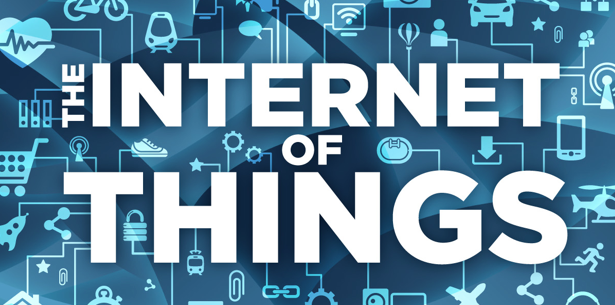
This idea of an “always on, always connected” device does seem a little big brother-ish, but there are definitely some benefits that come with it. For example, we are already seeing smarter thermostats, like Nest, that allow us to remotely control the temperature of our homes. We also have appliances and cars with internet connectivity, that can learn our behavior, and act on their own to provide us with greater functionality. However, while this is an accelerating trend with already many objects on the market, there are still a number of challenges facing IoT, which will continue to hinder its progress and widespread adoption.
Security
It seems as if every discussion surrounding networks and the internet is always followed by a discussion on security. Given the recent publicity of damaging security breaches at major corporations, it’s hard to turn a blind eye to the dangers of more advanced cyber attacks. There’s no hiding the fact that the introduction of IoT will create a number of additional vulnerabilities that’ll need to be protected. Otherwise, these devices will simply turn into easy access points for cyber criminals. Given that IoT is new technology, there aren’t a lot of security options designed specifically for them. Furthermore, the diversity in device types makes uniform solutions very difficult. Until we see greater security measures and programs designed to handle IoT devices, many will remain hesitant to adopt them for personal and professional use.
Privacy
On the coattails of security comes privacy. One of bigger debates in this age of data is who actually owns the data being created. Is it the users of these devices, the manufacturers, or those who operate the networks. Right now, there’s no clear answer. Regardless, while we are left arguing who owns what information, these devices are tracking how we use them. Your car knows which route you take to work, and your home knows what temperature you prefer in the mornings. In addition, when you consider that almost everything requires an online profile to operate these days, there can be a tremendous amount of private information available to many different organizations. For all we know, our televisions are watching us as we watch our favorite shows, and sending that information to media companies.
Interoperability
In order to create a pure, interconnected IoT ecosystem, there needs to be a seamless experience between different devices. Currently, we haven’t yet achieved that level of interoperability. The problem is that there are so many different makes and models, it’s incredibly difficult to create an IoT system with horizontal platforms that are communicable, operable, and programmable. Right now, IoT communication is fragmented, and many devices are still not able to ‘talk’ with one another. Manufacturers will need to start playing nice with each other, and create devices that are willing to work with competitors.
WAN Capacity
Existing Wide Area Networks (WAN) have been built for moderate-bandwidth requirements capable of handling current device needs. However, the rapid introduction of new devices will dramatically increase WAN traffic, which could strangle entreprise bandwidth. With the growing popularity of Bring Your Own Device policies, people will begin using IoT devices at work, forcing companies to make the necessary upgrades, or suffer crawling speeds and weakened productivity.
Big Data
IoT technology will benefit and simplify many aspects of our lives, but these devices serve a dual purpose, benefiting organizations hungry for information. We live in an era of big data, where organizations are looking to collect information from as many sources as possible in the hopes of learning more about customers and markets. IoT technology will greatly expand the possibilities of data collection. However, the problem then becomes managing this avalanche of data. Storage issues aside, we’ve only just developed improved ways of handling big data analytics, but technologies and platforms will need to further evolve to handle additional demands.

